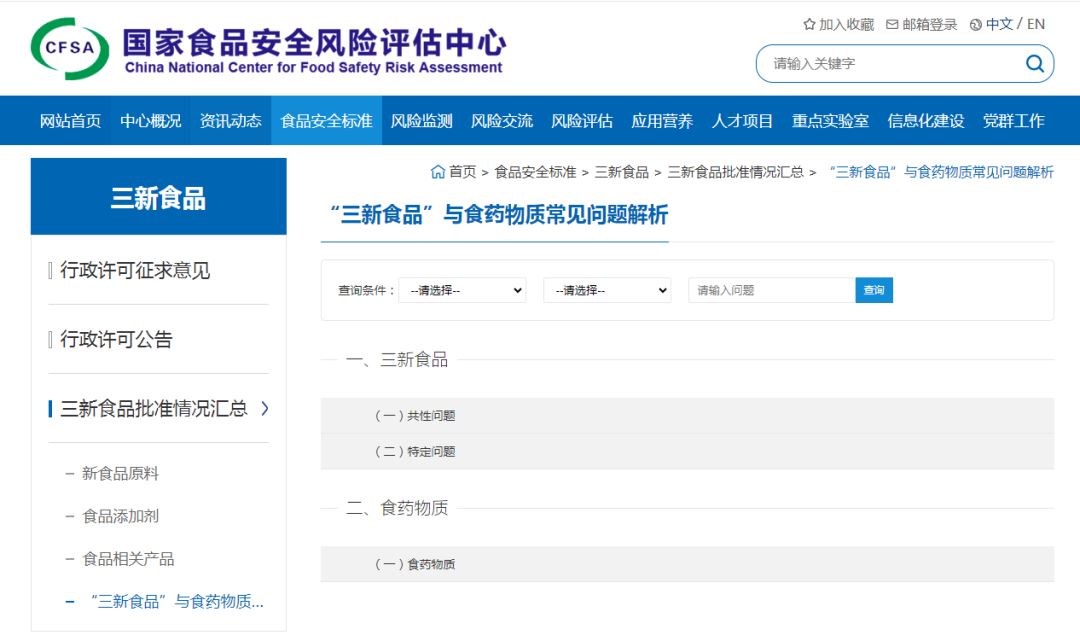
Recently, China’s National Center for Food Safety Risk Assessment (CFSA) issued a set of FAQs on “three new foods” and substances traditionally used as both food and traditional Chinese medicine (TCM), covering a total of 25 questions.
In this article, CIRS Group compiles common regulatory issues concerning “three new foods” and substances traditionally used as both food and TCM.
Q1: What are “three new foods,” and how are they regulated in China?
A1: “Three new foods” refer to new food raw materials, new food additives, and new food-related products as defined in Article 37 of the Food Safety Law of the People’s Republic of China. China regulates these categories through an administrative licensing system.
To produce food using new food raw materials, or to produce new food additives or food-related products, companies must submit safety assessment materials to the State Council’s health administration department. This department is required to review the application within 60 days. If the safety requirements are met, approval is granted and announced; if not, the application is rejected with a written explanation. Currently, the National Health Commission (NHC) oversees the administrative licensing for “three new foods,” while the CFSA is responsible for conducting the technical review.
Q2: What is the relationship between the “three new foods” announcements and food safety standards?
A2: For “three new foods” that pass safety assessment and meet food safety standards, the NHC issues an official announcement. Following approval, the NHC establishes or revises the national food safety standards in accordance with relevant regulations. Once the new standards are released and come into effect, the original announcement is automatically nullified.
Q3: How are new food raw materials and substances traditionally used as both food and TCM defined and regulated?
A3: New food raw materials are defined under the Administrative Measures for the Safety Review of New Food Raw Materials as items that lack traditional consumption history in China. This includes animals, plants, and microorganisms; components isolated from these sources; food components with altered structures; and other newly developed ingredients. Such items must be submitted for approval according to relevant regulations. Microorganisms approved as new food raw materials are included in the List of Strains that Can Be Used in Food and List of Strains that Can Be Used in Infants and Young Children’s Food.
Substances traditionally used as both food and TCM refer to those traditionally consumed as food and listed in the Chinese Pharmacopoeia. Substances that comply with the Provisions on the Administration of the Directory of Substances Traditionally Used as Both Food and Traditional Chinese Medicine will be published jointly by the NHC and the State Administration for Market Regulation (SAMR). The published substances can be used in the production of relevant foods as per the regulations.
Q4: What are the approved substances traditionally used as both food and TCM?
A4: The current list includes those listed in the “Notice on Further Regulating the Management of Health Food Ingredients” (Document [2002] No. 51 by the former MOH), Appendix 1, and NHC Announcement No. 8 of 2019 and No. 9 of 2023.
If you need any assistance or have any questions, please get in touch with us via service@hfoushi.com.
Further Information
CFSA FAQs
Can Food Extracts and Red Ginseng Be Used as Food Ingredients? FAQs from China’s CFSA

